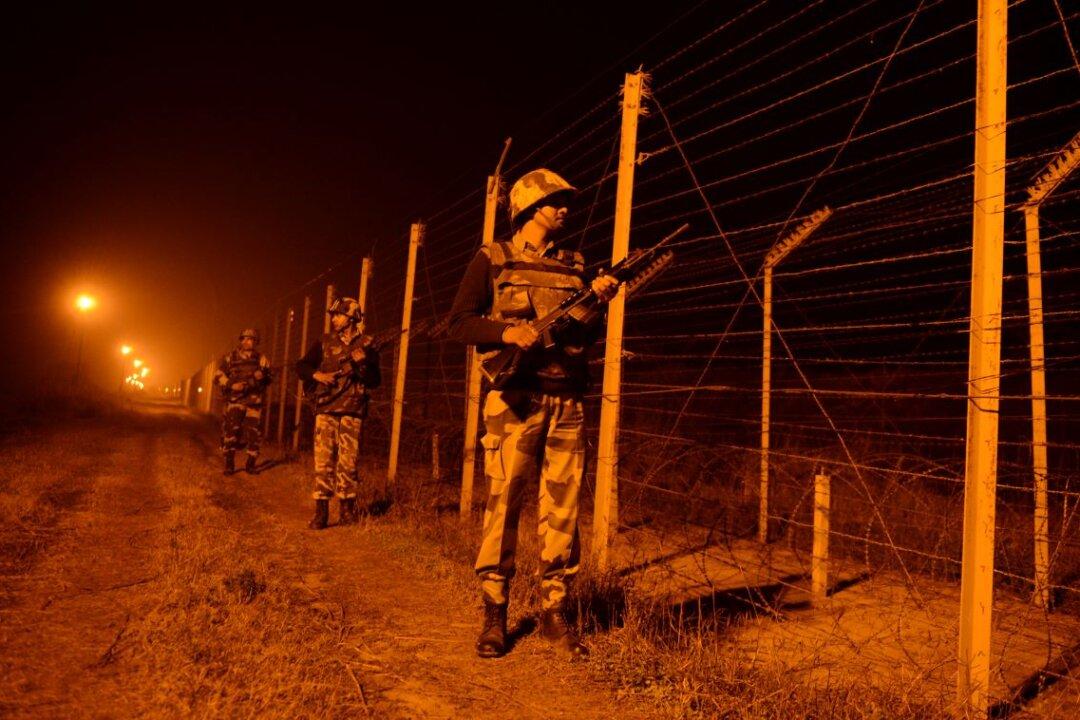NEW DELHI—Increasing numbers of drone sightings on the disputed India–Pakistan border have created fresh security warnings for India, threatening the ceasefire between the two countries that has been in place since late February.
Experts said the militarization of drone technology is a part of new asymmetric means of warfare that is increasingly being used by nonstate actors around the world to attack civilian and military installations.





